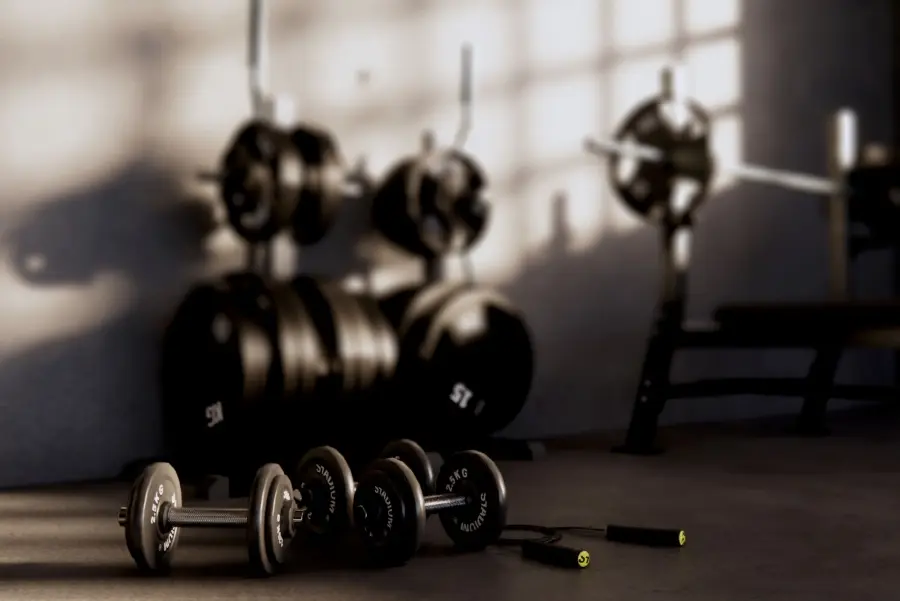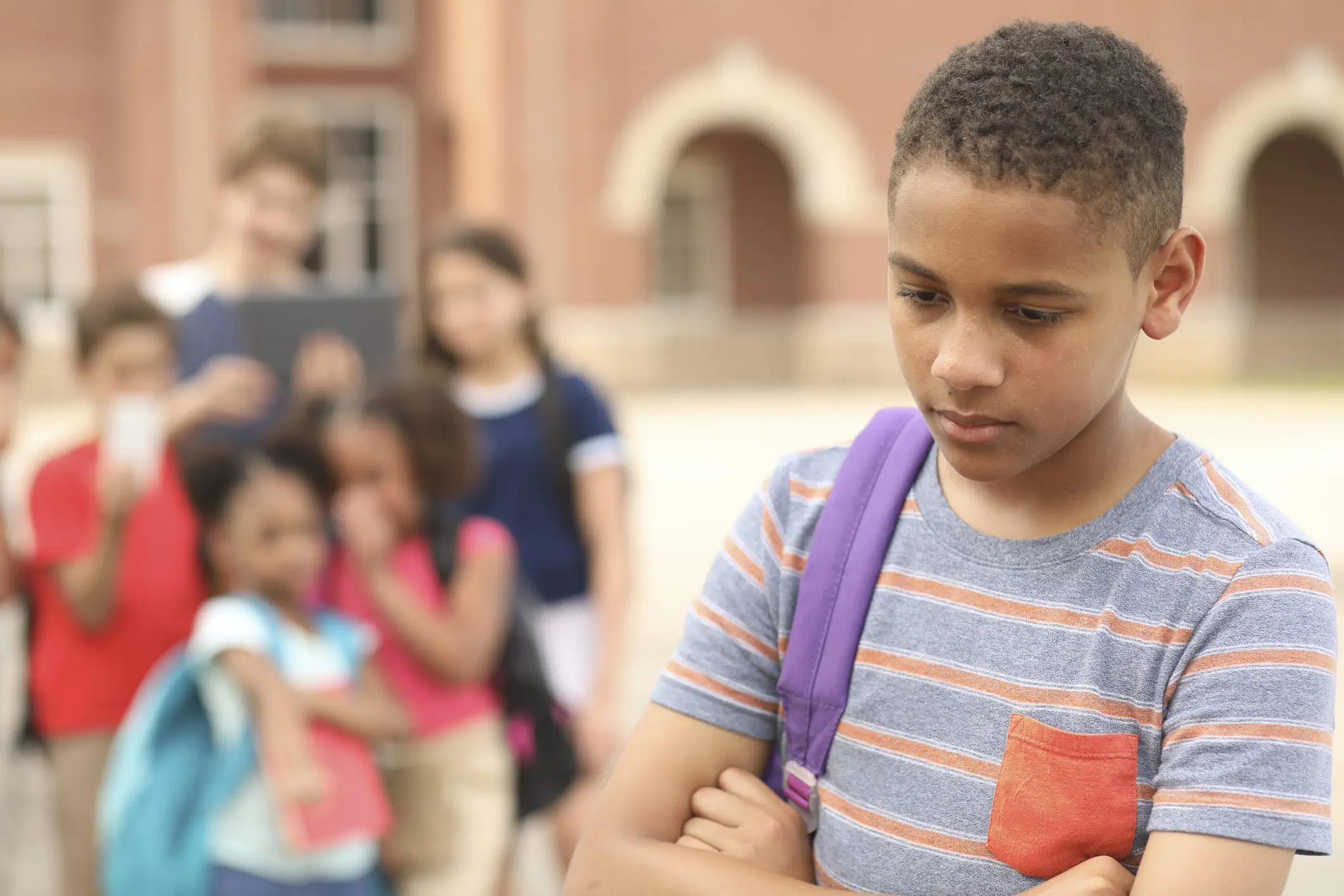Barriers & Solutions
Most teenagers are confronted with barriers to routine participation in physical activity. The barriers are likely to be personal, social, or environmental, and staying active becomes an ordeal with the consciousness of benefits of exercise everyday. Nevertheless, awareness of barriers and observing right precautions will help teenagers to have long-term habits of exercising.





